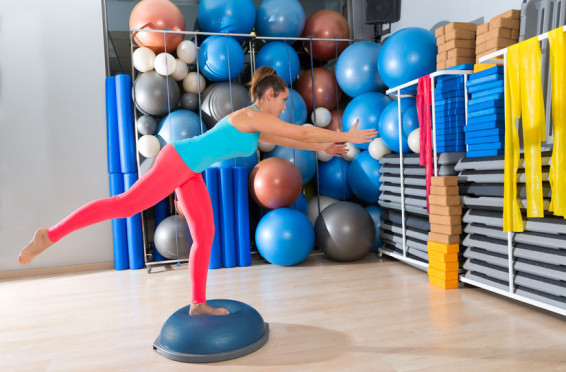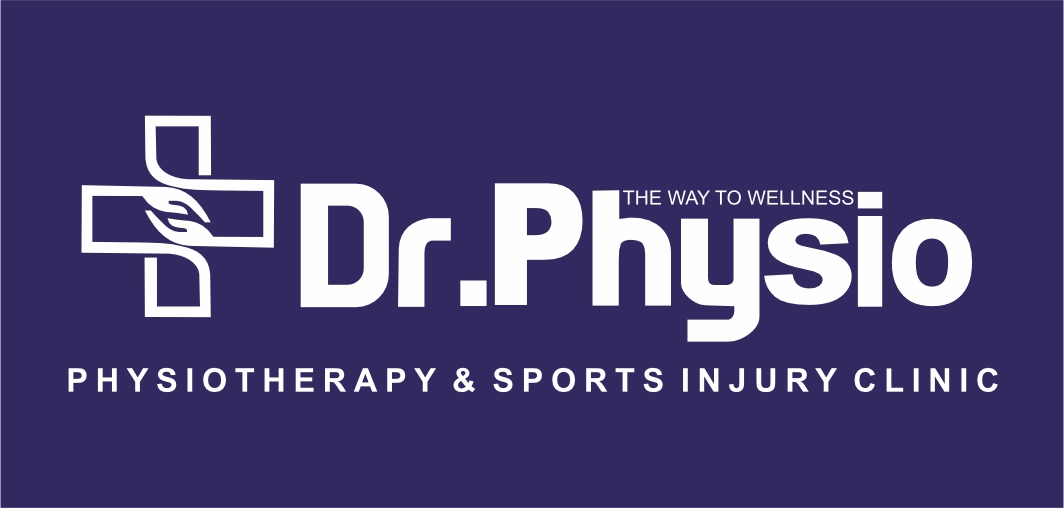+918048039022

This is your website preview.
Currently it only shows your basic business info. Start adding relevant business details such as description, images and products or services to gain your customers attention by using Boost 360 android app / iOS App / web portal.
Preventing ligament injuries, especially in ath...

Preventing ligament injuries, especially in athletes and active individuals It involves a combination of conditioning, strengthening, and proper techniques. Here are some key strategies: 1. Warm-Up and Stretching Dynamic Warm-Ups: Engage in movements like jogging, jumping jacks, or leg swings before any physical activity to increase blood flow and flexibility. Stretching: Focus on dynamic stretching before activity and static stretching after to improve flexibility and prevent overstretching injuries. 2. Strength Training Muscle Strengthening: Strengthen muscles surrounding joints, such as the quadriceps, hamstrings, calves, and glutes for lower body; shoulders and back for the upper body. Core Stability: A strong core (abs, obliques, lower back) helps stabilize the entire body and reduces stress on ligaments. 3. Proper Footwear and Equipment Use supportive shoes that provide stability and cushioning, especially for sports like running, basketball, or football. Consider protective gear, such as braces or taping, especially if you have a history of ligament injuries. 4. Technique and Form Proper Body Mechanics: Maintain correct posture and alignment during exercises and activities to avoid undue stress on ligaments. Jumping and Landing Techniques: Learn proper landing techniques to reduce the risk of ACL (anterior cruciate ligament) injuries. Avoid landing on stiff legs and try to land softly on the balls of your feet, bending at the knees and hips. 5. Progressive Training Avoid rapid increases in training intensity, duration, or frequency. Gradually increase to allow the body to adapt and avoid overloading the ligaments. 6. Balance and Agility Training Incorporate exercises that improve balance, coordination, and proprioception (awareness of body position). This reduces the risk of awkward movements that can lead to ligament tears. 7. Adequate Rest and Recovery Overtraining without proper rest can fatigue muscles, which increases the strain on ligaments. Ensure adequate rest periods and avoid overuse. 8. Hydration and Nutrition Staying hydrated helps maintain joint health. Proper nutrition, including calcium and vitamin D for bone strength and omega-3s for joint lubrication, can support ligament health. 9. Use of External Support (if necessary) Braces and Taping: For individuals prone to ligament injuries or in recovery, using braces or kinesiology tape may provide additional support during high-risk activities. 10. Education and Awareness Educate athletes, trainers, and patients about the signs of ligament strain and the importance of stopping activity if pain or discomfort is felt.

